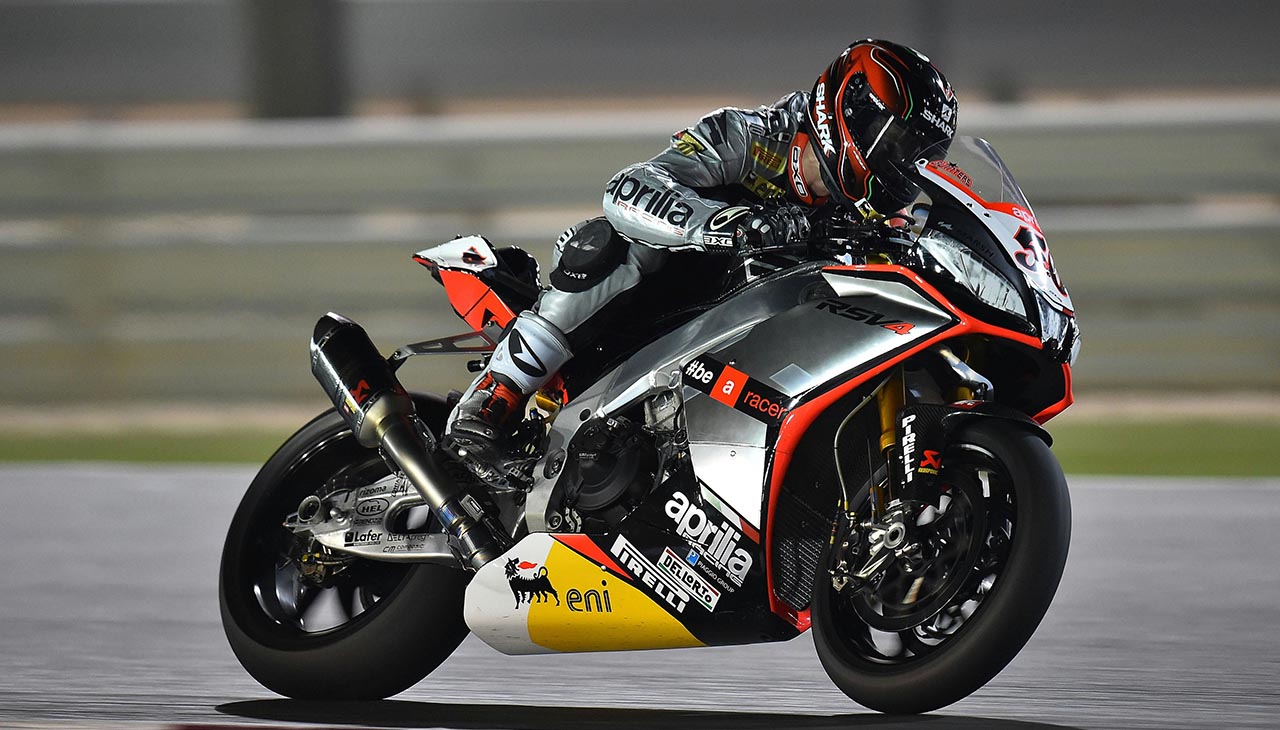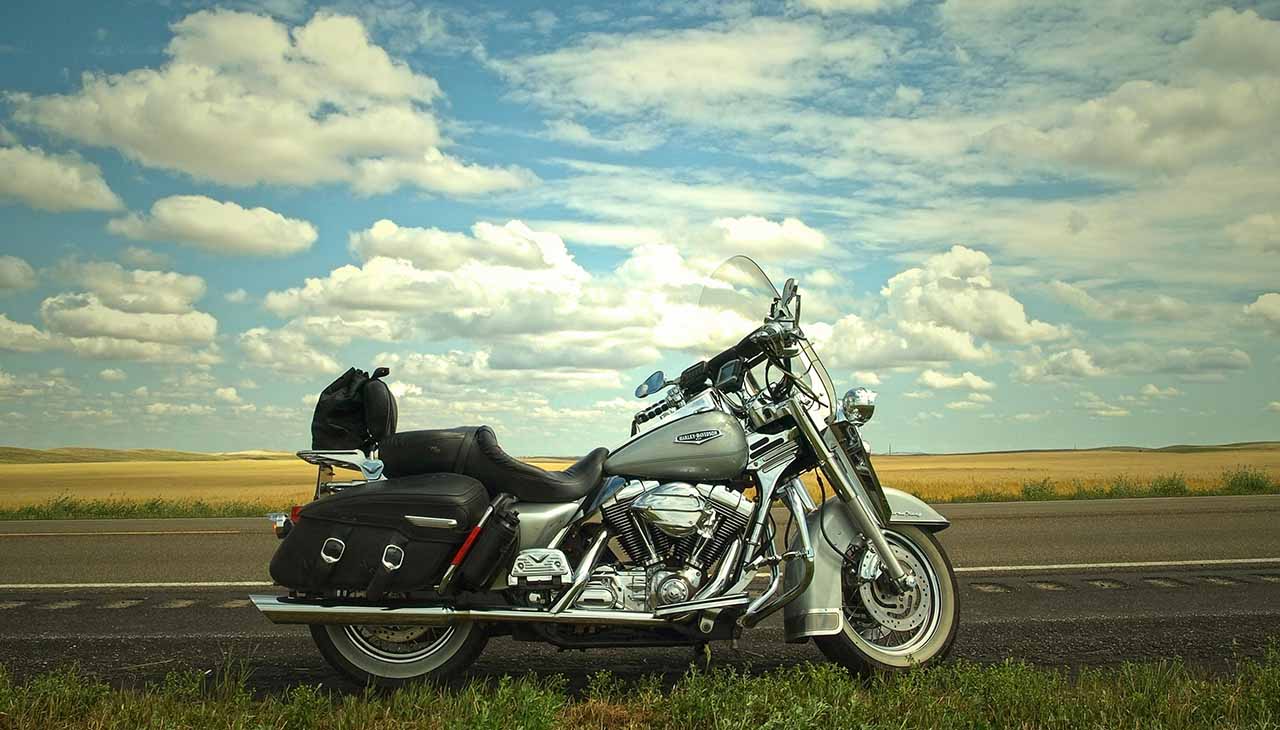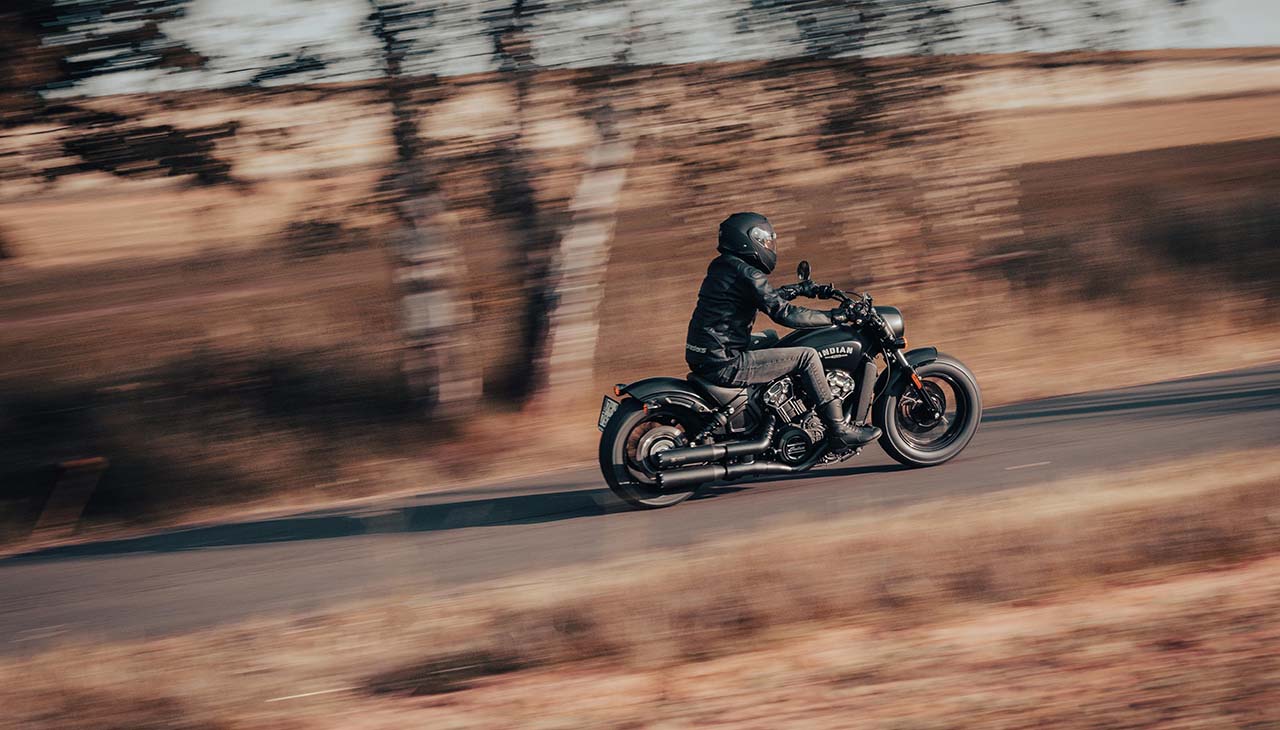Introduction to Motorcycle Restoration
Motorcycle restoration is more than a hobby—it’s a journey back in time, a meticulous process of bringing a machine back to its former glory. For enthusiasts, it’s a way to preserve history, honor craftsmanship, and experience the thrill of riding a piece of the past. The allure of restoration lies in the transformation, turning rusted relics into roadworthy classics, each with its unique story and character.
Essential Tools and Equipment
Before diving into a restoration project, it’s crucial to have the right tools and equipment. Here’s a comprehensive list with tips on selection and care:
- Basic Hand Tools: Screwdrivers, pliers, wrenches, and socket sets. Invest in high-quality tools as they will be your best friend throughout the process.
- Power Tools: Drills, grinders, and sanders. These will save you time and effort, especially when dealing with rust and corrosion.
- Specialized Tools: Torque wrenches, timing lights, and compression testers. These are essential for precision work and ensuring the engine runs smoothly.
- Workshop Essentials: A sturdy workbench, a motorcycle lift, and proper lighting. Creating an organized and well-lit workspace will make your restoration process more efficient.
- Cleaning Supplies: Degreasers, metal polish, and a parts washer. Keeping your parts clean is critical for both aesthetic and functional reasons.
- Safety Gear: Gloves, goggles, and ear protection. Always prioritize safety when working with tools and chemicals.
Proper maintenance and care for these tools will ensure they last longer and perform better. Regularly clean and store them in a dry place to prevent rust and wear.
Steps of the Restoration Process
Restoring a motorcycle involves several steps, each demanding attention to detail and patience. Here’s a detailed breakdown from assessment to completion:
- Assessment and Planning: Evaluate the motorcycle’s condition and create a restoration plan. Determine which parts need replacing, repairing, or refurbishing.
- Disassembly: Carefully dismantle the bike, organizing parts and taking photos for reference during reassembly.
- Cleaning and De-rusting: Clean all parts thoroughly and remove rust using chemical treatments or mechanical methods like sandblasting.
- Engine Overhaul: Inspect and rebuild the engine, replacing worn-out components and ensuring everything runs smoothly.
- Frame and Bodywork: Repair or replace the frame, fenders, and fuel tank. Sand, prime, and paint these parts to restore their original look.
- Electrical System: Test, repair, or replace wiring, lights, and ignition components. Ensure the electrical system is safe and functional.
- Reassembly: Reassemble the motorcycle, following the photos and notes taken during disassembly. Pay special attention to torque specifications and alignments.
- Testing and Tuning: Once reassembled, test the motorcycle thoroughly. Tune the engine, brakes, and suspension for optimal performance.
- Final Touches: Add finishing touches like decals, chrome polishing, and any customizations you desire.
Common Challenges and How to Overcome Them
Restoration projects often come with their fair share of challenges. Here are some common ones and practical advice for overcoming them:
- Parts Availability: Finding original or compatible parts can be difficult. Join forums, attend swap meets, and explore online marketplaces to source rare components.
- Rust and Corrosion: Rust can be persistent. Use high-quality rust removers and consider professional help for severe cases.
- Technical Knowledge: Restoration requires a good understanding of mechanics. Don’t hesitate to seek advice from experienced restorers or take courses to improve your skills.
- Time and Patience: Restoration is time-consuming. Set realistic timelines and enjoy the process rather than rushing to finish.
Safety and Legal Considerations
Ensuring that your restoration meets safety and regulatory standards is paramount. Here are some key considerations:
- Safety Inspections: After restoration, have a certified mechanic inspect your work to ensure the motorcycle is safe to ride.
- Compliance: Check local laws and regulations regarding emissions, noise levels, and modifications. Make sure your restored bike complies with these standards.
- Insurance: Update your insurance policy to reflect the restored value of your motorcycle. Specialized classic bike insurance might be necessary.
Wrapping Up with a Call to Action
Ready to start your own motorcycle restoration project? Share your progress and connect with fellow enthusiasts by joining our community. If you need professional assistance or advice, don’t hesitate to reach out to our expert team.
Conclusion
Motorcycle restoration is a rewarding endeavor that allows you to breathe new life into classic machines. With the right tools, knowledge, and patience, you can transform a forgotten relic into a roadworthy masterpiece. Embrace the process, overcome challenges, and celebrate the art of restoration.
Happy restoring!




